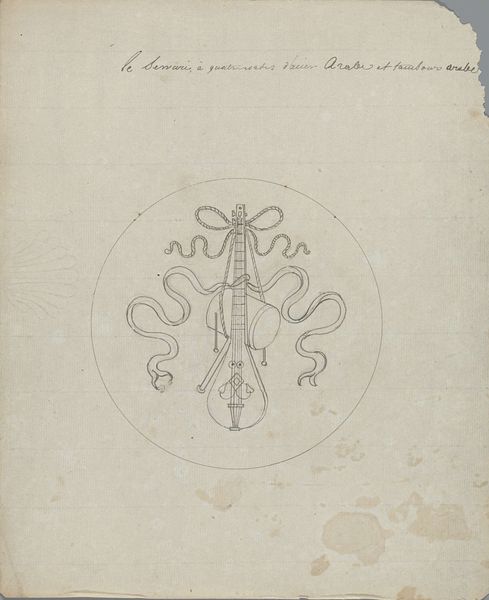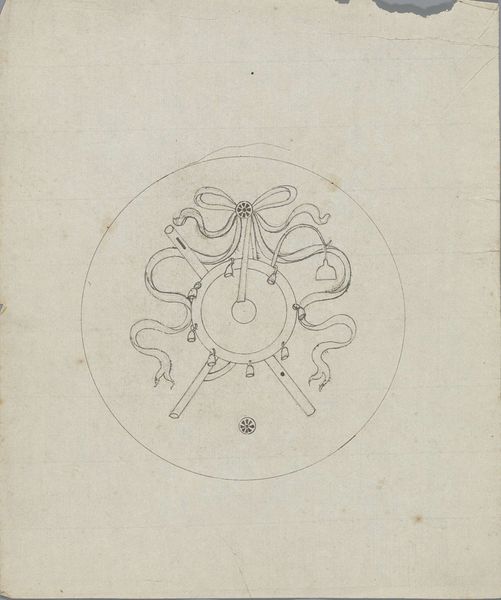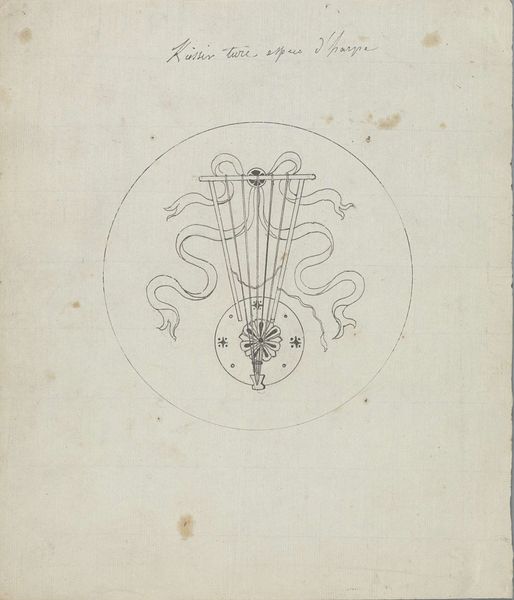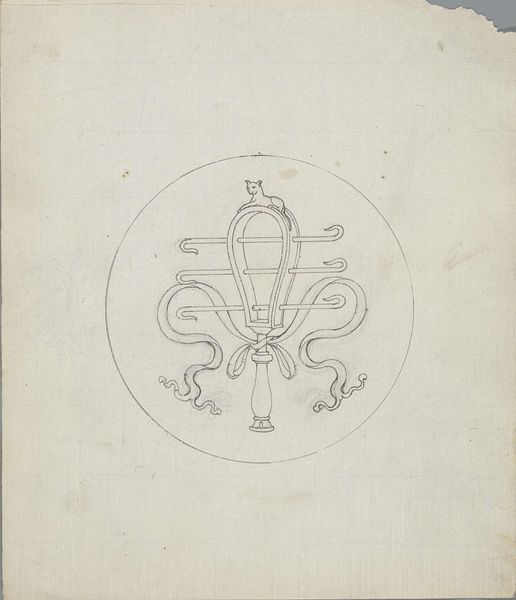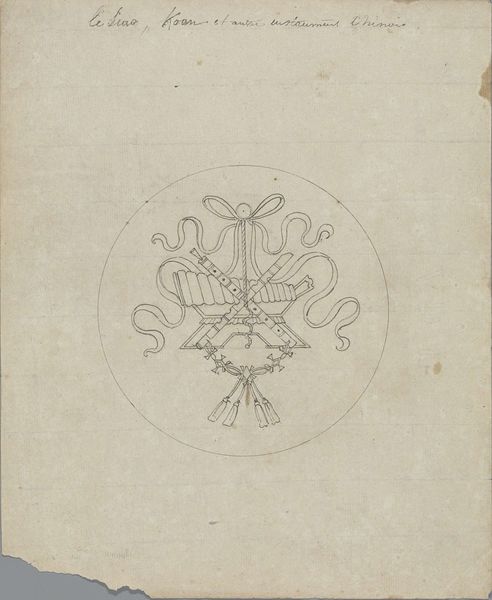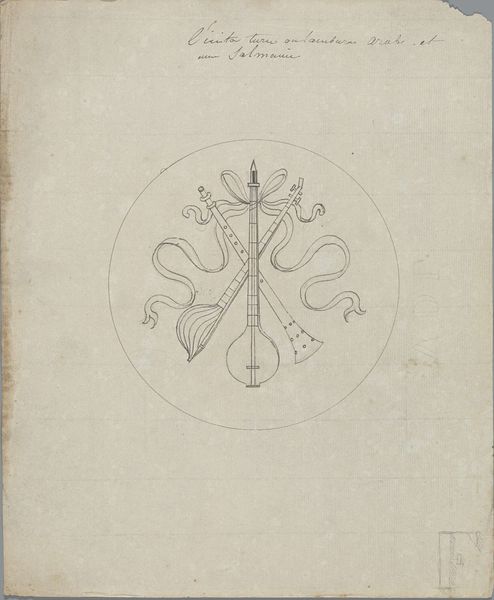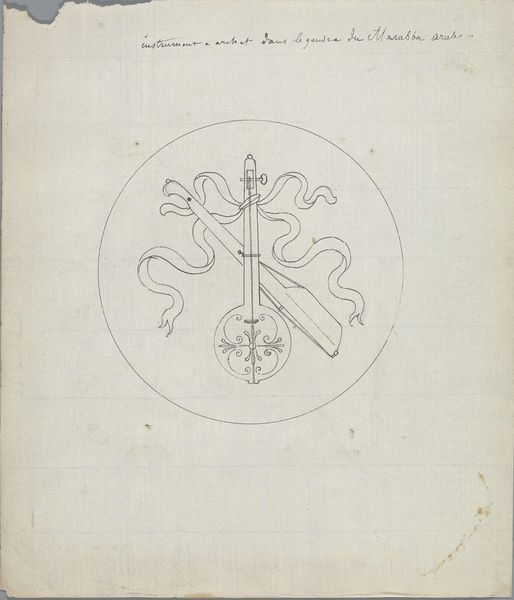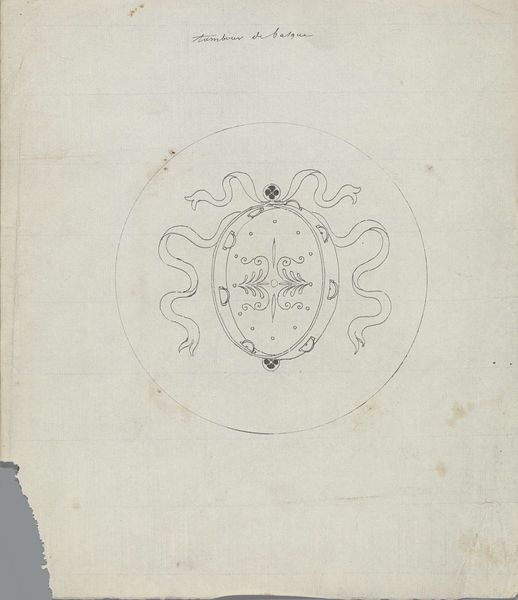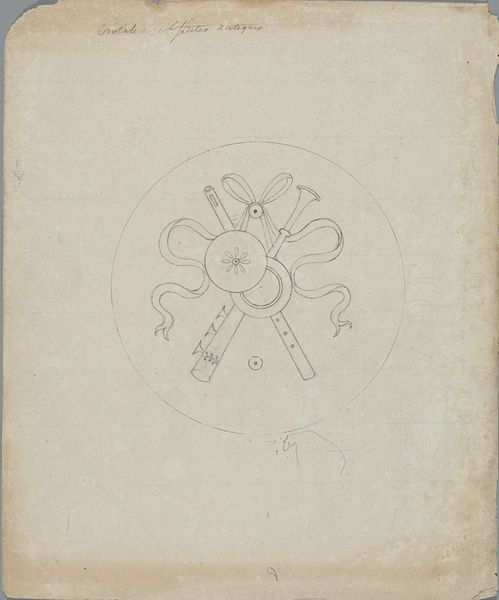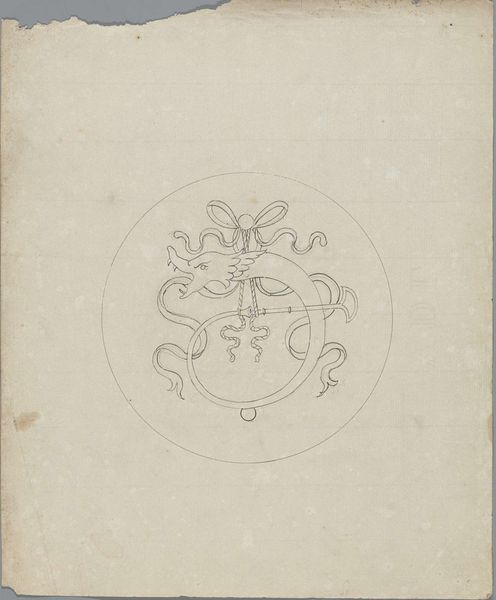![Le Surmi [ ?] des Egyptiens et le doff qui ressemble au tambour des basques by Pierre Félix van Doren](/_next/image?url=https%3A%2F%2Fd2w8kbdekdi1gv.cloudfront.net%2FeyJidWNrZXQiOiAiYXJ0ZXJhLWltYWdlcy1idWNrZXQiLCAia2V5IjogImFydHdvcmtzLzY5Nzk1MTRkLTliM2MtNDBkOC05ODIyLTNmZDlhYzA1YjI0MC82OTc5NTE0ZC05YjNjLTQwZDgtOTgyMi0zZmQ5YWMwNWIyNDBfZnVsbC5qcGciLCAiZWRpdHMiOiB7InJlc2l6ZSI6IHsid2lkdGgiOiAxOTIwLCAiaGVpZ2h0IjogMTkyMCwgImZpdCI6ICJpbnNpZGUifX19&w=3840&q=75)
Le Surmi [ ?] des Egyptiens et le doff qui ressemble au tambour des basques before 1828
0:00
0:00
drawing, paper, ink
#
drawing
#
aged paper
#
toned paper
#
light pencil work
#
blue ink drawing
#
old engraving style
#
hand drawn type
#
paper
#
personal sketchbook
#
ink
#
geometric
#
ancient-mediterranean
#
ink colored
#
sketchbook drawing
#
sketchbook art
Dimensions: height 253 mm, width 208 mm, diameter 123 mm
Copyright: Rijks Museum: Open Domain
Editor: This is "Le Surmi des Egyptiens et le doff qui ressemble au tambour des basques," a drawing in ink on paper by Pierre Félix van Doren, made before 1828. The sketch presents this central, almost heraldic image of what looks like a drum with an accompanying horn and ribbon. It feels like I've stumbled upon a page from an explorer's notebook. What does this drawing evoke for you? Curator: This artwork opens a window onto 19th-century European fascination with Egypt, fuelled by Napoleon's campaigns. We must remember the political implications of artistic interest. Do you notice how the title explicitly links Egyptian instruments with Basque drums? It reveals the artist’s attempt to understand and classify exotic cultures in relation to European norms, constructing a vision of Egypt shaped by his own cultural understanding. Editor: So it's less about an accurate representation and more about fitting it into a European worldview? Curator: Precisely. Think about the context of the rising popularity of ethnological studies. Van Doren's drawing participates in a broader effort to categorize and understand different cultures, often displayed in museums and exhibitions. The drawing acts as a document of a cultural encounter, filtered through a colonial lens. Why do you think he chose these specific elements - the drum, the horn, and the ribbon? Editor: I suppose those objects were meant to symbolize something specific, maybe something ceremonial or musical. But I can now also see that this isn't just a neutral study; it's loaded with the baggage of cultural assumptions. Curator: Exactly. Recognizing that inherent bias helps us understand how such images may have been used to legitimize colonial narratives about non-European cultures. The 'scientific' gaze itself becomes an instrument of power. Editor: This has really broadened my understanding of how to look at older artworks! It’s not just about what’s depicted, but how and why. Curator: Indeed. And by questioning the intentions and context, we gain a more nuanced perspective on both the art and the historical period that produced it.
Comments
No comments
Be the first to comment and join the conversation on the ultimate creative platform.

